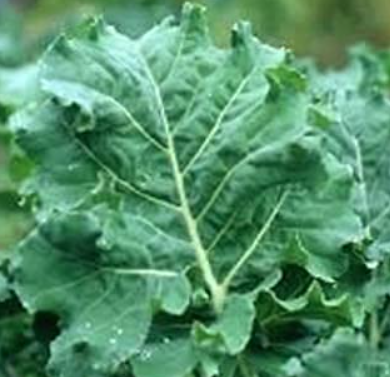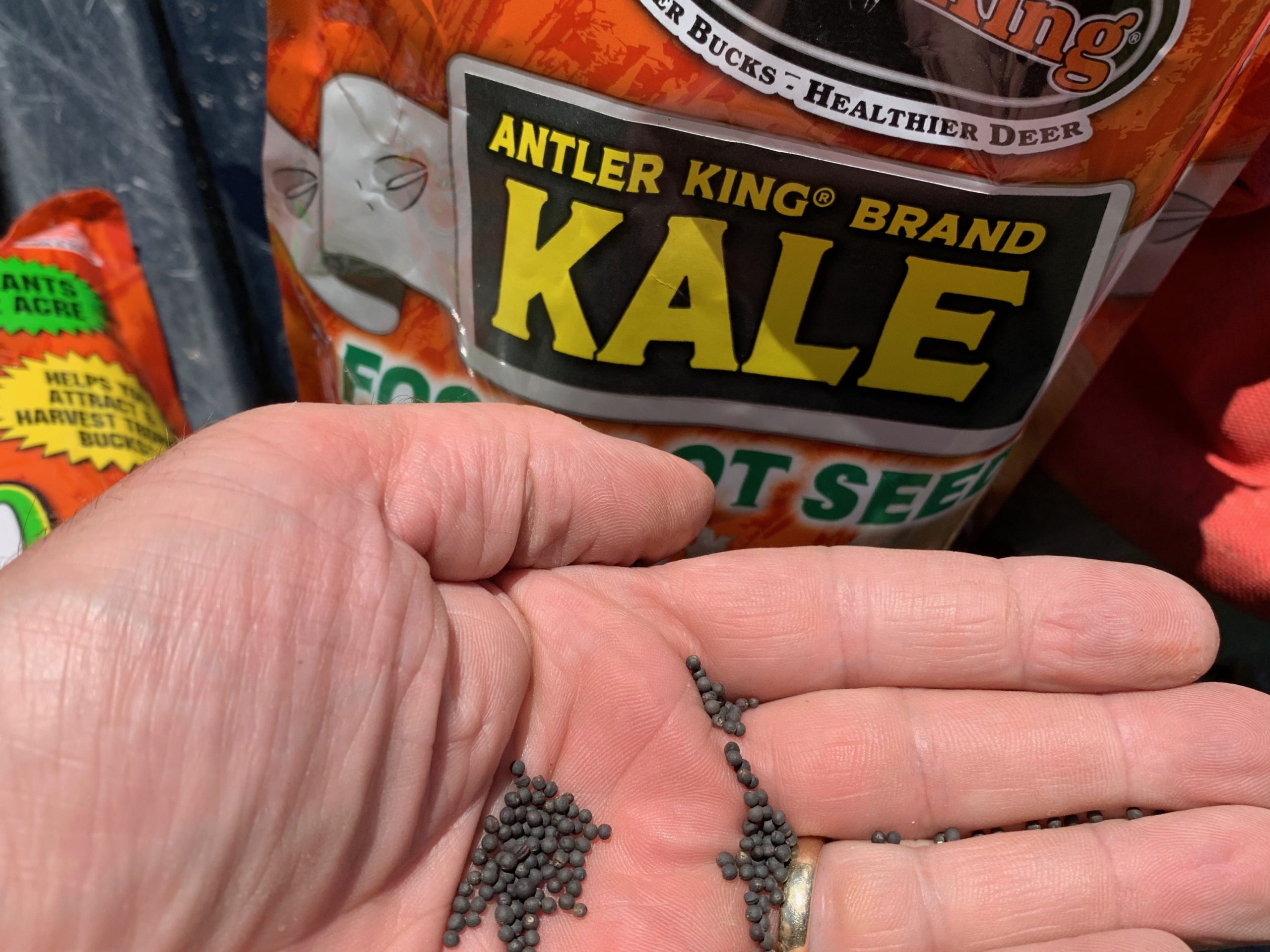Whitetail hunters and land managers have been playing around with the idea of food plots for nearly 40 years now. And admittedly, a lot of folks have become quite proficient at planting food plot crops that rival the best farm crops out there.
Even vegetable gardeners would have to be envious at the results seen by those deer hunters who are merely trying to provide the best food plot for the deer on their land.
This year, I’m back at it in our “Fallow to Fabulous” experiment. Last year’s success included two small food plot that were grown on land that hadn’t been farmed in over 15 years. I started out by killing (or attempting to kill) all of the weeds. Wasn’t real successful at that. But I was successful in getting those two plots to grow brassicas quite nicely. Yeah, I know that’s not a major accomplishment, because growing brassicas is fairly easy, even in sandy soils like we have here in central Wisconsin.
In any event, this year I’m back at it. In fact, this week, I (with all credit to my friends who have equipment) worked the plots and again got some brassica seed planted. I went back with the proven blend of Antler King Honey Hole. Honey Hole is a mixture of five unique varieties of brassicas, which include three varieties of rape, and two varieties of turnips. This blend provides an ideal plot for the fall and winter. After the first frost the plants go from bitter to sweet and the deer love them. In fact, we darn-near filled all of our tags during the early archery season while hunting over these plots. It was simply amazing to see deer flock to these plots after not having any real source of supplemental food for years. I know for a fact that it drew deer to our hunting property from a lot of the neighboring properties.

The Next Big Thing in Food Plots?
Both plots are relatively small (less than 1/4 acre each), and I used the same amount of Honey Hole when seeding the plots this week. However, I couldn’t help but be intrigued by a “newer” product that Antler King has been offering: Kale.
Yes, kale. That nasty leafy green they put on your plate when you order a sandwich at the restaurant. Yeah, yeah, I know some folks love kale, especially when it’s cooked with mashed potatoes, but I’ve alway found it kind of gross, to be honest. Bitter tasting (to me, anyway), and even though I know it has a ton of good nutrients in it, I’ve always shied away from including it in my salads.
Well, I’m not a deer, and I’m certainly not waiting around until late fall for it to “sweeten up.” Apparently, that’s exactly what kale does … because it IS another form of brassica!
I simply took 1/2 pound of the seed (way more than enough) and cut it with the Honey Hole seed I was planting. I don’t know of anyone who personally has planted a food plot of just kale, so I didn’t want to roll the dice on being all-in just in case the deer didn’t take to it right away. But after reading all of the information about this specific strain, I’m really intrigued as to how these plots will turn out. And we just received a good dose of rain, so this stuff should germinate before too long.

More About Kale Food Plots
Here’s a little more info on the seed itself from Antler King:
•Kale is a member of the brassica family and is extremely cold tolerant, easy to establish and provides a fantastic cool-season food source.
•Kale is packed with protein (20-30%) and vitamins and can produce up to 10 tons of forage per acre.
•Kale will grow best in cooler climates as the plant’s leaves will sweeten as the temps get colder.
•Like other brassicas, a frost will create a molecular change and further sweeten the leaves and increase attraction.
•Kale is best planted from July through October and works as a great fall and winter forage crop in the Southern U.S. and a summer, fall and winter forage crop in the North, Northeast, and Midwest.
•Kale prefers lighter soils; sandy, sandy loam or light clay and will perform best in a pH ranging from 5.5-7.0.

Kale Conclusion
So … I will keep my fingers crossed that these brassica plots flourish and the kale is something that helps improve them even more than last year. I will also report back with photos of the progress; and trail-camera photos and videos of any visitors we might get over the next several weeks.








































